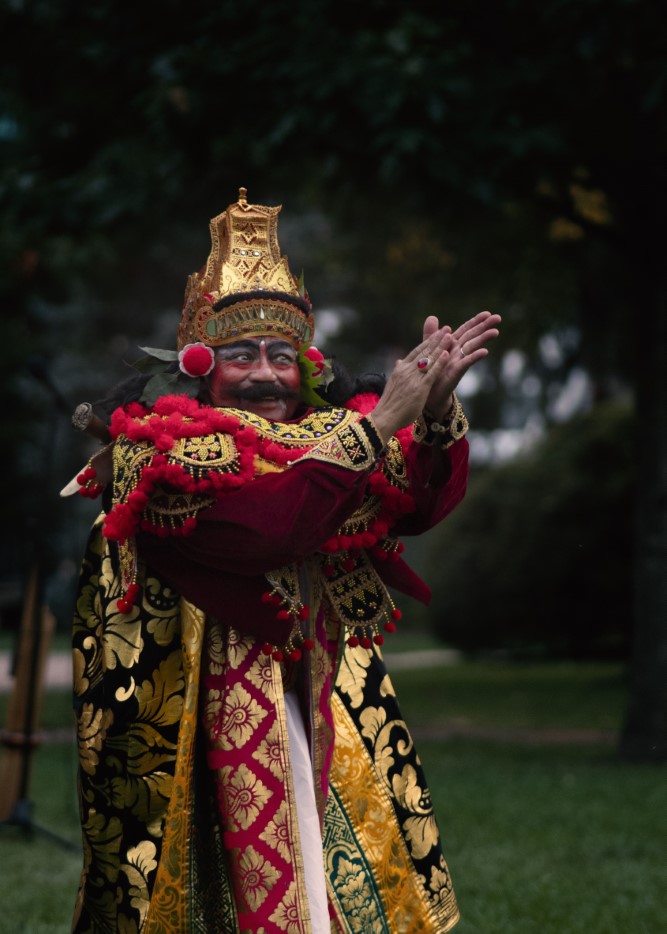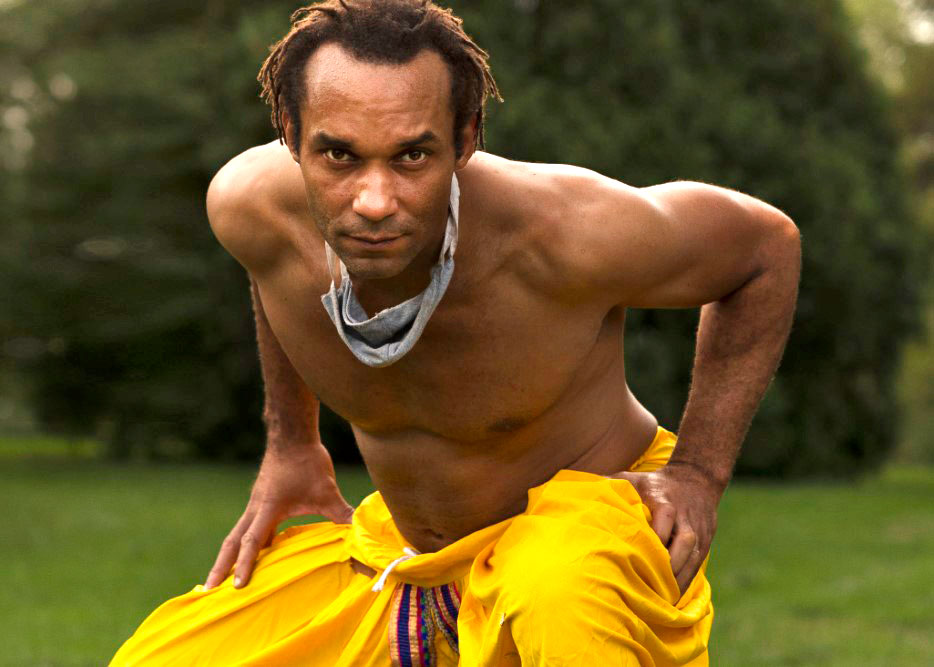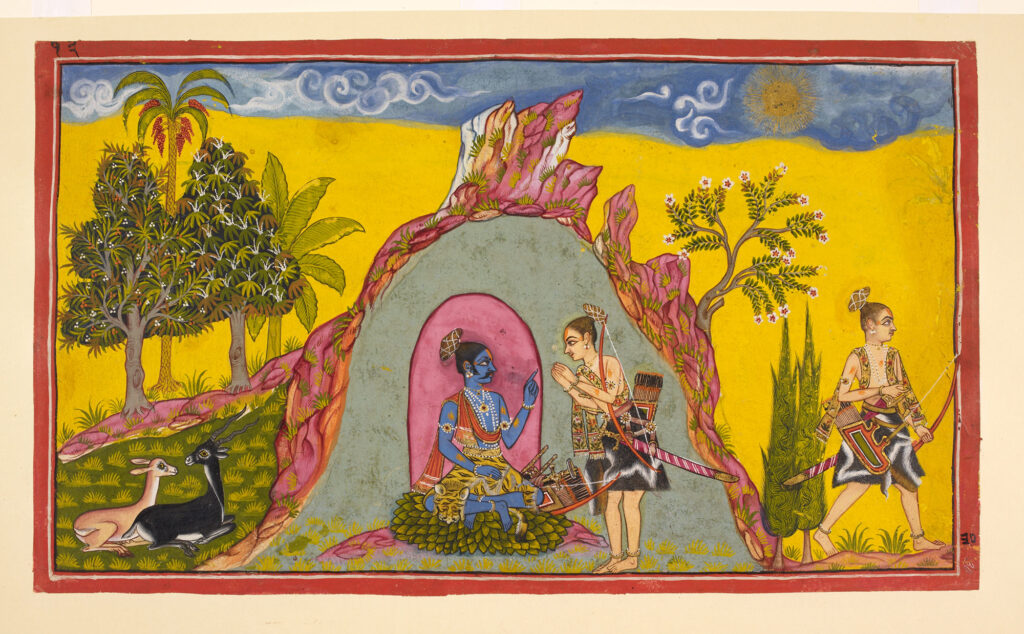
When people leave their original homeland, they take pieces of it with them. Not all reminders of what they left are tangibles that you can see or touch. Some, like religion or the customs and holidays that bring people together, reside in the mind and heart.
Diwali, the festival of lights, hails from the Indian subcontinent and falls in that second realm. Although technically a religious holiday commemorated by followers of the Hindu, Sikh and Jain faiths, Diwali has become a celebration that saturates entire cultures and has long been widely observed throughout India, Singapore and other countries in the region. Through the South Asian diaspora, Britain, the United States and Australia are now celebrating this holiday that also rejoices the triumph of good over evil. In the northern hemisphere, Diwali always occurs in the Fall on the darkest day of the lunar month. This year Diwali officially falls on October 24th. Families and friends will come together to share sweets and specially prepared meals marking the desire that light always prevail over darkness.

For the past seven years, Mandala South Asian Performing Arts has been presenting the dance allegory of the Hindu God Rama and his wife, Sita to highlight the message of Diwali. The staging it mounted over a recent weekend at the Harris Theater counts as one of its most beautiful.
Conceived by and under the artistic direction of Pranita Nayar, Mandala’s Harris performance of The Story of Ram proved a luxurious indulgence for the eye and ear. And it showed once again how technology and the arts make a naturally harmonious union.
In this richly layered fable, there is no dialog. The storytelling is done entirely in dance with music scored to convey atmosphere and emotion. Large themes are choreographed to be easily comprehensible even to children. Understanding nuances within the storyline and possessing an awareness of the specific relationships between the characters might be helpful, but they’re not required to appreciate the story’s message. What’s key is the action.

From the moment Ram proves his prowess with a bow to win the hand of Sita, this saga of courage and perseverance was drenched in drama and surrounded in a beauty that was never static. Initially you’re captivated by the composure of the dancers. In the dance discipline showcased in this epic, the entire body becomes an instrument telegraphing information through movement. Every posture and gesture convey a meaning. The technique helps to emphasize the individuality of each character in the narrative and lets the audience more easily grasp the meaning of what they’re seeing.
Organizers apologized because circumstances prevented musicians from performing live. Although live orchestration would likely have proven superior, it’s difficult to imagine how. The Rupayan Sansthan recording of Langa and Manghaniar musicians seemed tailor made just for this specific performance. From lyrically poetic to foreboding intensity, the musical canvas supporting the production was remarkably sumptuous; so much so it threatened to steal your attention from the dance.

Equally impressive were projected artwork inspired by the paintings of Mewar Ramayana and made available through the auspices of the National British Library. Rather than use a single large panel to project images, Nayar chose to employ several staggered panels to carry the everchanging images that covered the stage’s backdrop. Sublimely beautiful and often employing animation, the paintings also served the practical purpose of acting as pictorial sub-titles; helping to clarify and reaffirm the story unfolding on stage. As ornamentation, it’s hard to imagine a more beautiful embellishment to the dance.
But it was the dance depiction of The Story of Ram that was the performance’s jewel. The weight of the story rests on the portrayal of Ram. Joshua Granger in the title role gave the production a charismatic and highly capable central character. With nearly three decades of training in Capoeira, the Brazilian martial arts form disguised as dance, elements of Capoeira could be found in Granger’s fluid movements. Whenever they surfaced, they seamlessly complemented the Indian dance style grounding the performance. Capoeira also contains a spiritual component that helped it mesh smoothly into The Story of Ram’s dominant dance theme.

Dignity as well as grace distinguish traditional Indian dance. Ashwaty Chennat as Sita, and Anindita Neogy Anaam who played Kaikeyi, the jealous queen of Ayodhya, exemplified how transfixing the two can be in live performance. I Gusti Kertayuda Pak Ngurah brought regal heft and palpable menace to his performance as Ravana, the king of Lanka.
By choosing to highlight how inclusive and malleable the arts can be, Mandala is setting an admirable example for other cultural organizations in Chicago. That choice added richly to its Diwali tribute.
Diwali: The Story of Ram
October 8, 2022
Harris Theater
205 W. Randolph
Chicago, IL 60601